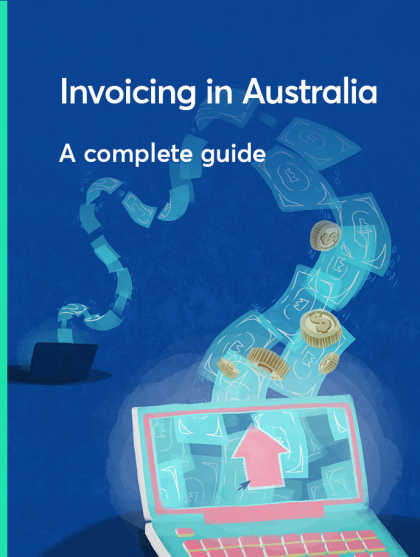
What is an invoice?
Last editedFeb 20202 min read
What is an invoice and what to include in one.
What is an invoice?
The simplest definition is that an invoice is a demand for payment. It's a document that's issued to your customer after the sale of goods or services. It includes details of what goods have been provided or work done, with subtotals for each section and a final total which is the amount that the customer must pay.
An invoice is also a point of contact with your customers. Whenever you send an invoice, you tell your customers something about your business. By invoicing in a professional manner, you give the impression that you run a professional business.
Invoices can be used to bill for one-off projects or for recurring work. They are most widely used to request payment after work is completed, especially where there is an ongoing relationship with the customer.
Invoices used to be sent in the post, on paper, but that's now far less common. Emailed documents – often in PDF form – are more popular, but some companies now use e-invoices sent from specialist accounting/invoicing software. These have several advantages, the main one being that they help you get paid faster.
What does an invoice include?
All invoices should contain the following information to help ensure that they are processed properly and paid on time.
The word 'Invoice' at the top. Make it very clear that what you're sending is an invoice, not an estimate, quotation or receipt for money paid.
Full names and addresses. Your full company name and address, along with your client’s full company name and address.
Invoice date and reference numbers. The date of the invoice plus your invoice number or unique reference number for the work you’ve carried out. Ask for this number to be used as a reference for payment, so you can reconcile your accounts easily. You should also include your customer’s job number, purchase order number or other reference, so they know exactly what they’re being invoiced for.
The name of the person responsible for processing the invoice. This might not be the person you deal with on a day-to-day work basis. A common mistake is to address invoices to the wrong person, which can delay payment.
An entry for GST (if you're registered for this). In most cases, add a separate entry for the Goods and Services Tax, which you must account for and pay to the government. Professional accounting software will handle this for you automatically. It will also keep track of these payments and receipts so that you can fill in your return for the Australian Taxation Office.
Legally required information. Check local state laws and make sure you include everything they specify. You may need to include details such as the names of all the company’s directors and the company registration number, for example.
Discounts. Include any discounts you may have agreed with the customer.
Cost details. Add columns showing:
details of the number of items or hours/days chargeable.
the cost per item or hour/day, aligned with the above entries.
the total amount for each entry, with an overall total at the bottom.
The invoice total. The grand total payable including GST (if applicable) and discounts.
The deadline for payment. The date that you require payment by. Make sure this is very clear.
The payment methods you accept. Possible payment methods, bank transfer, credit card and Direct Debit. Make it easy for your customers to pay you.
Interested in collecting payments by Direct Debit?
Find out if online Direct Debit is right for your business